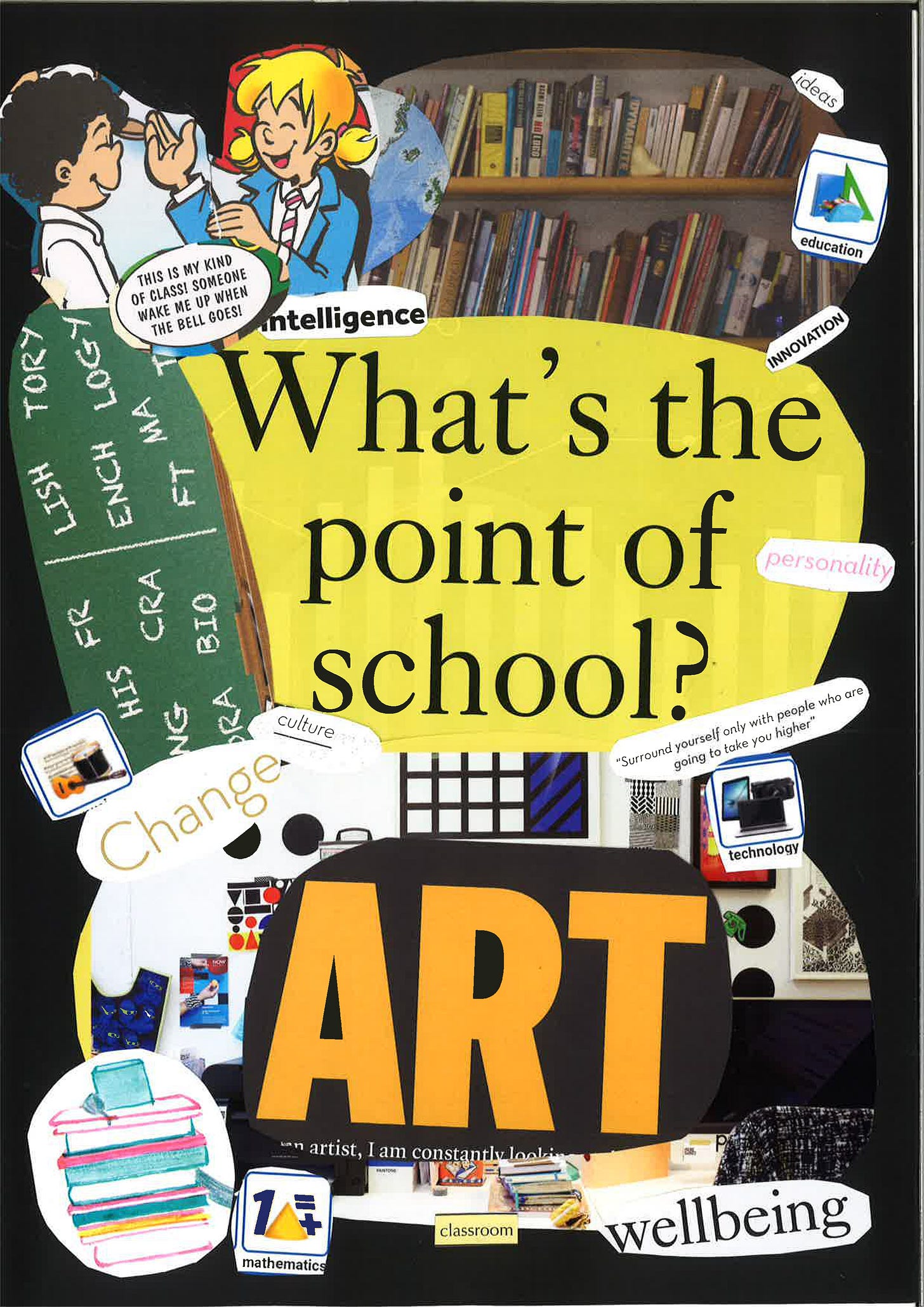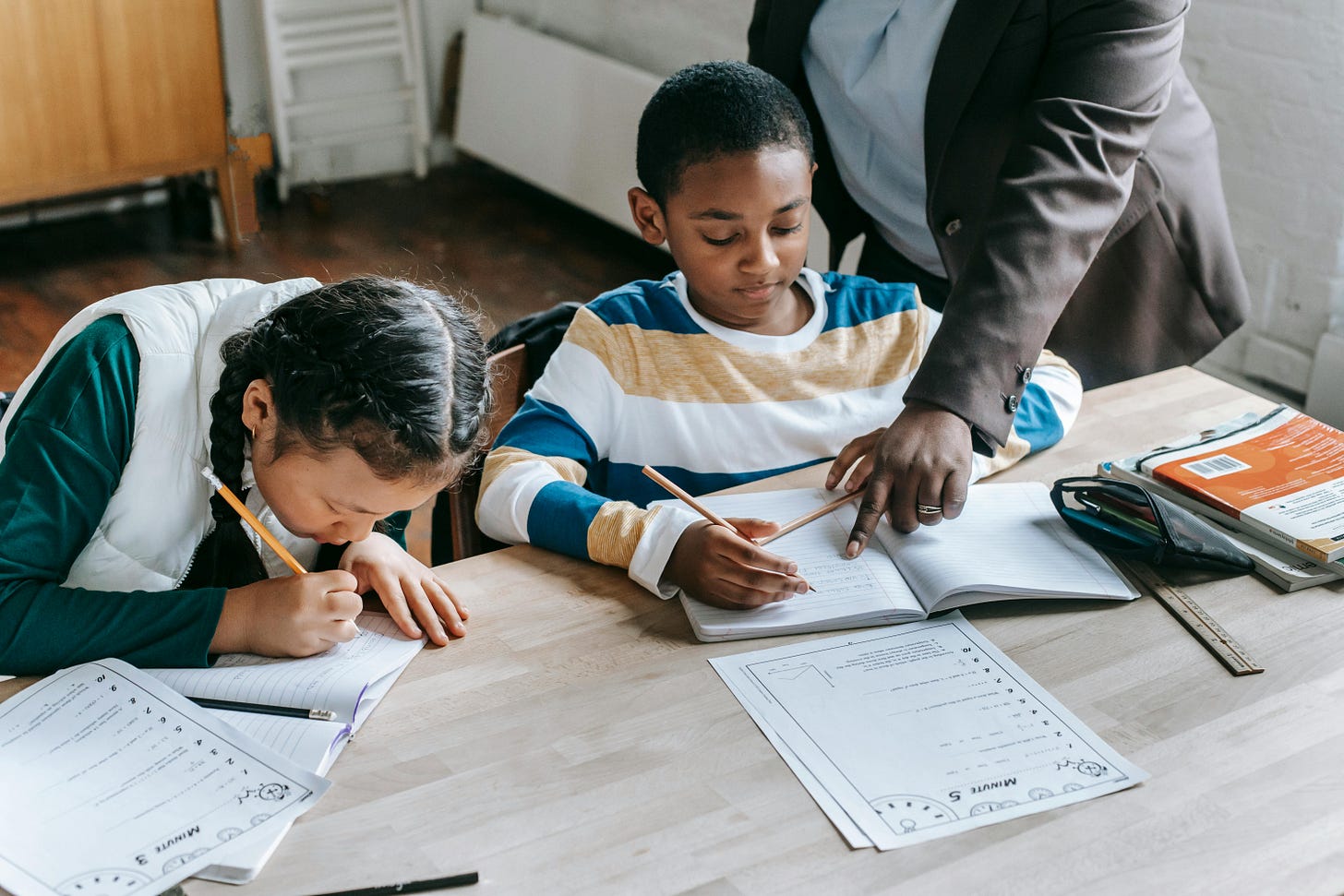It's Time to Prioritize Creativity in Every Classroom
The UK's biggest export, creativity, gets ignored in schools.
The UK's biggest export, creativity, gets ignored in schools. While core subjects like reading and math dominate the curriculum, fostering creative thinking often gets relegated to the sidelines, seen as a "nice to have" but not essential for academic success.
But new research is showing creativity is actually much more important than previously thought. It might even be a key factor in our ability to thrive in a world shaped by technology. Creativity is a fundamental force that pushes human culture and society to evolve.
A study conducted by OECD in 2022, Thinking outside the box, defines creativity as ‘the competence to engage productively in the generation, evaluation, and improvement of ideas that can result in original and effective solutions, advances in knowledge, and impactful expressions of imagination’.
‘Creativity is at the top of the primary teacher's list’ says Anna Rianne, a primary school teacher at the Windmill primary school in Oxford. Anna is an experienced teacher who has been in the industry since 1991.
Experts say creativity is different in science and the arts, but both are valuable. ‘We try to combine different disciplines, like bringing English into art,’ says Anna.
‘The curriculum should involve research, reading, listening, visualising and also performing.’ Says Vijay Pydi, the VP of education and advocacy at Oxford Brookes. Vijay has Industry experience in education, finance and technology.
Being an international student, he brings a diverse voice. He is implementing experiential learning in Brookes. As explained by Vijay, experiential learning means learning in the live project environment. He argues that ‘some seminar sessions need to be carried out at industry locations’ Experiential learning keeps students curious and lets them learn at their own pace, not someone else's.
‘Education is essential, but it should not only be confined to the forum walls of the classroom or the books.’ - Vijay Pydi, VP of education and advocacy at Oxford Brookes.
The report states four main reasons why creative thinking is important in school.
Fast-changing times call for creative minds. Young people who can think outside the box will be better prepared for the future.
Creativity unlocks potential in students.
Creativity helps students learn by making things interesting and relevant to them.
Creative thinking helps students in all subjects by letting them be imaginative, solve problems in new ways, and come up with their own ideas.
The report distinguishes creativity into two main types: a ‘big C’ and a ‘little c’. ‘Big C’ creativity means creating something truly groundbreaking, like a major invention or a famous work of art.
With the ‘little c’, everyone can be creative. ‘Little c’ creativity is about using your imagination in everyday life, like making a cool photo collage, inventing a delicious new dish, or figuring out a tricky work schedule.

How can schools create a safe space which can support creative thinking?
‘Unspoken rules’ of the society
The way we grow up and what's important in our culture can affect the skills we learn, our values, and even how well we're expected to do in school and work. Vijay explains that academic structure and the environment play an important role in shaping an individual. ‘how the education system is designed’ is one of the important elements when incorporating creativity into school.
Ways of teaching
Traditional methods of testing students and rote learning does not help students to think outside the box. ‘There are moments when children have kept trying for many years but their system doesn't necessarily fit them as well as it should or the system isn't as diverse as it should be’ explains Anna.
Schools need to make creativity more rewarding and less risky. Leaders can create a culture where it's okay to take chances and try new things. ‘We encourage children to express their own aesthetic, their own art in their way rather than having identical bits of art.’, says Anna.
The learning environment in a classroom
Most of the time, classroom habits do not create a space for creativity, like teaching there's only one "right" way to learn or solve problems. ‘I have seen the same content repeated in both lectures and seminars. I expected that the seminar would have more experiential or activity-based learning,’ says Vijay.
The report recommends that teachers should value creativity as a core skill, just like reading or math. At Windmill Primary School, Anna encourages children to ‘express their own aesthetic, their own art in their way rather than having identical bits of art.’ This method encourages them to set their own goals, think creatively and share their own original ideas by creating a safe space for the kids.
So, is our current education system failing to nurture students' creative potential?
The short answer is no. But, if the government does not take immediate action, then eventually the current education system will fail to nurture students’ creativity. Schools are too focused on test scores and not enough on the skills young people need for the real world.
The government should bring in an unbiased person to examine what's taught in schools and how students are graded. This could lead to major changes in the curriculum and testing. Everyone deserves a good education that helps them learn lifelong skills and become the best person they can be for society.
The same problems will persist if children are not educated differently. New challenges demand a shift in the way young people are prepared. The emphasis on achieving the "correct" answer discourages experimentation and risk-taking, essential components of the creative process. A fear of making mistakes can hinder students' ability to think outside the box, a critical skill for fostering innovation.



